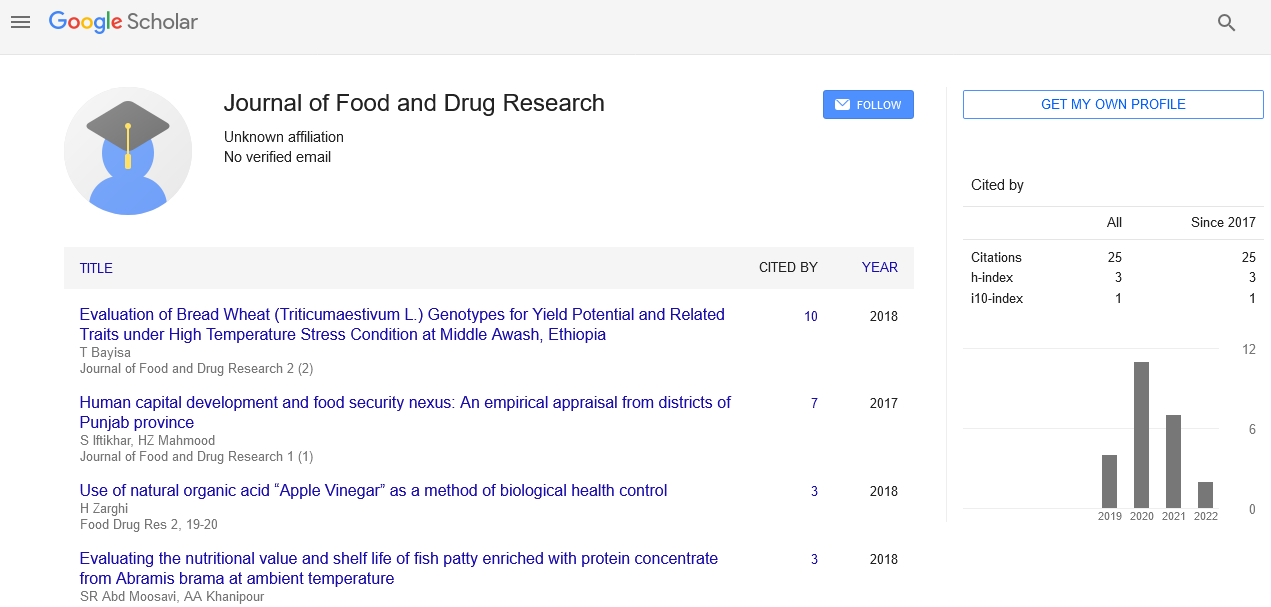Process involved in drug discovery and development
Received: 12-Nov-2021 Accepted Date: Nov 18, 2021; Published: 29-Nov-2021
This open-access article is distributed under the terms of the Creative Commons Attribution Non-Commercial License (CC BY-NC) (http://creativecommons.org/licenses/by-nc/4.0/), which permits reuse, distribution and reproduction of the article, provided that the original work is properly cited and the reuse is restricted to noncommercial purposes. For commercial reuse, contact reprints@pulsus.com
Commentary
Drug discovery is a new way to discover it. Historically, drugs were more commonly obtained through the use of active ingredients in traditional medicine. Subsequently, ancient medical science was used to study chemical libraries including small molecules, natural products, or plant extracts, and to identify those with therapeutic effects. As human DNA is sequenced, retrospective pharmacology has found solutions to existing diseases by experimentation. Disease processes, molecular testing, existing treatments with unintended consequences, and new technologies are promoting drug availability.
Today drug discovery includes advanced testing, medical chemistry, and efficacy of drugs to reduce potential side effects of the drug (increasing affinity and selectivity). Efficiency or strength, metabolic stability (halflife), and oral bioavailability are also enhanced at this stage of the drug development process.
Historically, the drug was obtained by identifying an active ingredient in folk remedies or by accidental discovery, such as penicillin. More recently, chemical libraries of small synthetic molecules, natural products or extracts have been examined in whole cells or in whole organisms to determine the effects of a desired therapeutic effect by a process known as classical pharmacology. Human genetic sequence allows for rapid clone formation and the accumulation of large amounts of refined proteins, it has become common practice to use high-dose library experiments against isolated biological targets thought to reverse disease through a process known as reverse. pharmacology. Hits from these screens are then tested on cells and animals to work. The discovery of modern drugs involves diagnosing test kits, medical chemistry and efficacy of those kits to increase intimacy, selectivity (reducing the potential for side effects), efficacy / strength, metabolic stability (half-life), and oral bioavailability. Once a combination that meets all of these requirements has been identified, the drug development process can proceed. If successful, clinical trials are improved.
Various methods are used to identify chemical compounds that can be developed and marketed. The current state of the chemical and biological sciences required in drug development stipulates that 5,000–10,000 chemical compounds have to be tested in the laboratory for each new drug approved for human use. Of the 5,000–10,000 compounds tested, approximately 250 will undergo pre-trial testing, and 5 will undergo clinical trials. The whole process from acquisition to drug marketing can take 10 to 15 years. This section describes some of the processes that the industry uses to acquire and develop new medicines. Medicines are produced as a result of the complex activities of civil society and the private sector involved in drug development and production. As part of this process, scientists in many public-sponsored institutions conducted basic research in the fields of chemistry, biochemistry, physiology, microbiology, and pharmacy. Basic research is almost always focused on developing a new understanding of natural processes or processes rather than directly on product development or innovation. This enables scientists in public and private sectors to apply new knowledge in the development of new products. The first steps in this process were mainly for scientists and basic doctors working in various research institutes and universities. These results help to identify potential targeted drug acquisitions. The target may be a drug receptor, an enzyme, a biological transport system, or any other process involved in the body’s metabolism. Once the target has been identified, much of the remaining work involved in drug discovery and development is performed or directed by pharmaceutical companies.
Acknowledgements
None
Conflicts of Interest
None






